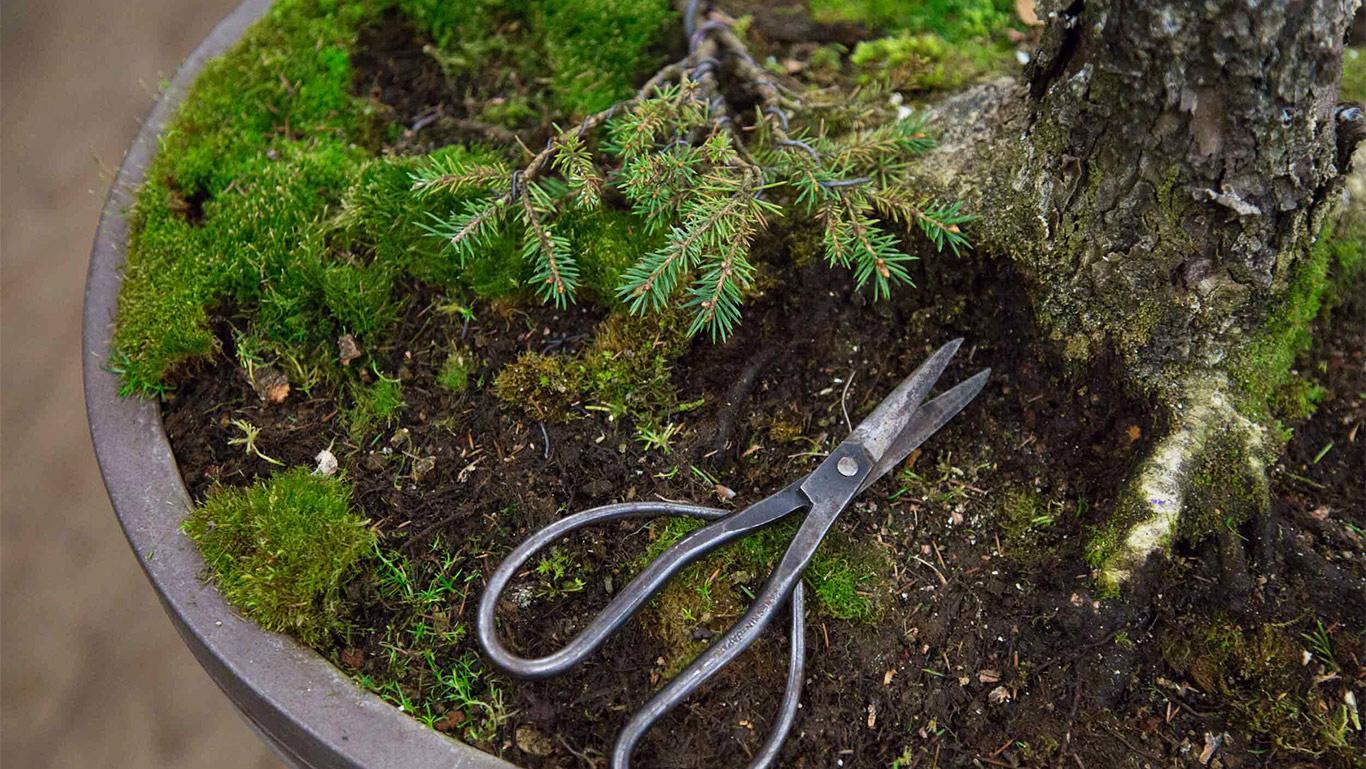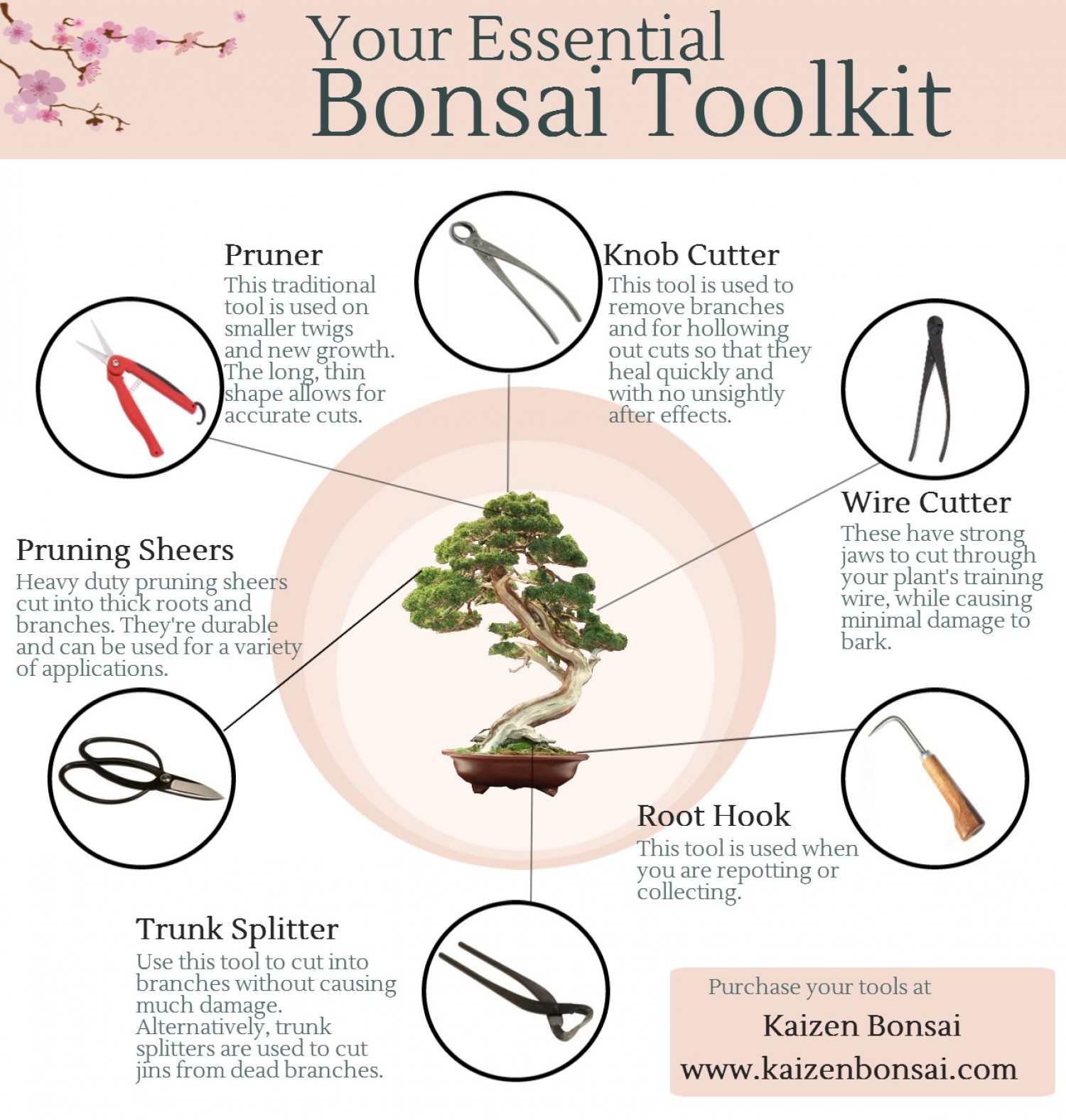First Time Bonsai Owner?
Interested in Bonsai, but not sure where to start? Or thinking about buying a Bonsai for a friend, and wondering what to include with it? Here we will go over the basics and answering the simple question "What equipment is essential for a Bonsai beginner?" There are a lot of specialty tools involved with Bonsai trees, but really, there are only a few things you need to get started and be good to grow for several months to a year.

Essential Bonsai Items
-
Pruning shears
The key to Bonsai is controlling the growth of the tree by cutting back foliage. So the most important item to have is a nice pair of pruning shears, designed to cut bits off the Bonsai while creating a wound that heals easily.
-
Fertilizer
Bonsai-blend fertilizer or soil additives encourage a healthy transition to a new home, while helping the Bonsai grow more quickly and lush.
-
Humidity Tray or Stand
Its a good idea to keep something between your Bonsai and the surface it's resting on. Because Bonsai pots have holes in the bottom to allow water to flow through, so you want something to catch that water and not soak your furniture.
-
Light/Soil Meter
For newcomers an affordable all-in-one meter that monitors your Bonsai's light, moisture, and Ph levels can be very helpful. This can ensure optimal growth for a new Bonsai owner.

Bonsai Care Chart
| Type of Bonsai | Placement | Watering | Pruning | What to Look Out For |
|---|---|---|---|---|
| Japanese Maple | Outside, prefers sunny open area, light shade | Daily, several times on hottest days | Cut new growth back to one or two pairs of leaves | Often affected by aphids in spring, use insecticide sprays and sticks to remove. |
| Pine | Outside, prefers direct sunlight. Protect from windy areas | Monitor soil once or twice daily,water when barely moist | Prune lightly and slowly giving the tree time to grow, never leaving large cuts exposed. | Move to enclosed areas during winter to limit freezing the roots |
| Ficus | Indoor, prefers full sun exposer, placed near a window | Water whenever soil gets slightly dry | Prune back 2 leaves after 6-8 leaves have grown | Dry air and lack of light will result in leaf drop. This can result in a scale or spider mite infestation |
| Chinese Elm | Grows well in full sun and partial shade, should be kept inside during the winter | Water generously as soon as soil gets dry | Responds well to frequent trimming, allow shoots to extend 3 to 4 nodes then prune 1 to 2 leaves | In low humidity, can often be infested by spider mites or scales |